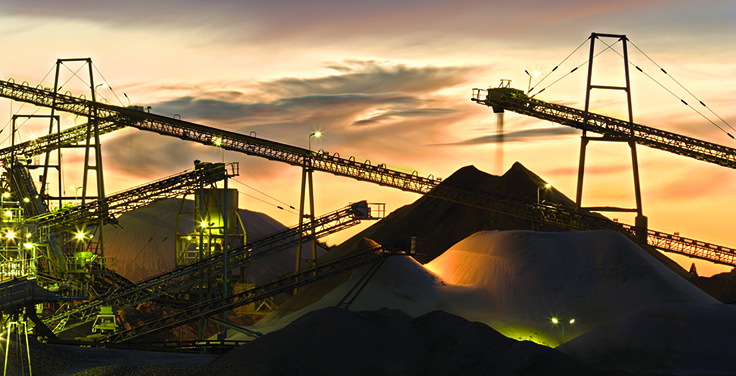
Modern technology and a global economy made it possible to do many activities at any time, day or night – including work.
Shift work, or work occurring outside of daylight hours (7 a.m. and 6 p.m.) is a common occurrence across a number of industries within the U.S. and around the world. Shift work schedules have the potential to negatively impact mine workers, affecting their quantity and quality of sleep.
Within this article, some of the consequences of shift work are discussed. Additionally, it is demonstrated how a mine operation can take a fatigue risk management system (FRMS) approach to mitigate the effects of fatigue on its workforce.
What is a shift work schedule?
About 18 percent of the U.S. labor force is made up with people in jobs that utilize shift work schedules.
These schedules are considered nonstandard, as they deviate from the standard work schedule that typically begins and ends between the hours of 7 a.m. and 6 p.m. Shift work can vary in start time, with most workers beginning a shift in the morning, afternoon or evening.
Shift work schedules can vary in length as well, with some lasting 10 or 12 hours – or the standard eight-hour shift, yet occurring outside of daylight hours.
Some shift schedules are fixed (i.e., only night shift), while others can change or rotate over time with workers switching from day to evening to night shifts or night to evening to day shifts.
Compared to the general U.S. workforce, mine workers face increases in both shift work schedules and long working hours. Mining has nearly double the prevalence of shift work compared to U.S. workers overall, with 28.5 percent of mine workers reportedly working alternate shifts.
More shift work may explain why workers in the mining industry work longer hours. According to the U.S. Bureau of Labor Statistics, mine workers in 2019 worked an average of 46 hours per week, compared to 34 hours for the overall U.S. workforce. Additionally, 17.3 percent of the mining workforce worked 60 or more hours per week, compared to 7.2 percent of all U.S. workers working 60-plus hours per week. This combination of long hours and shift work can result in a tired or fatigued workforce.











